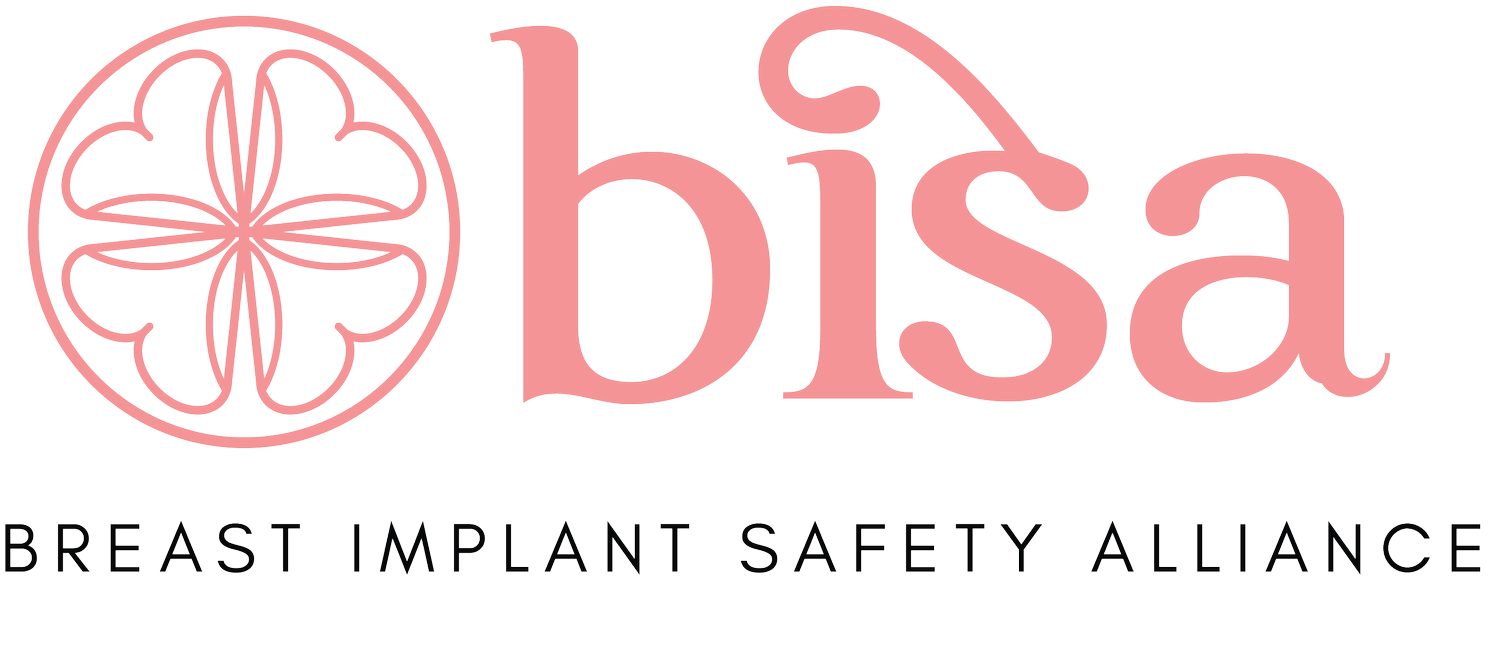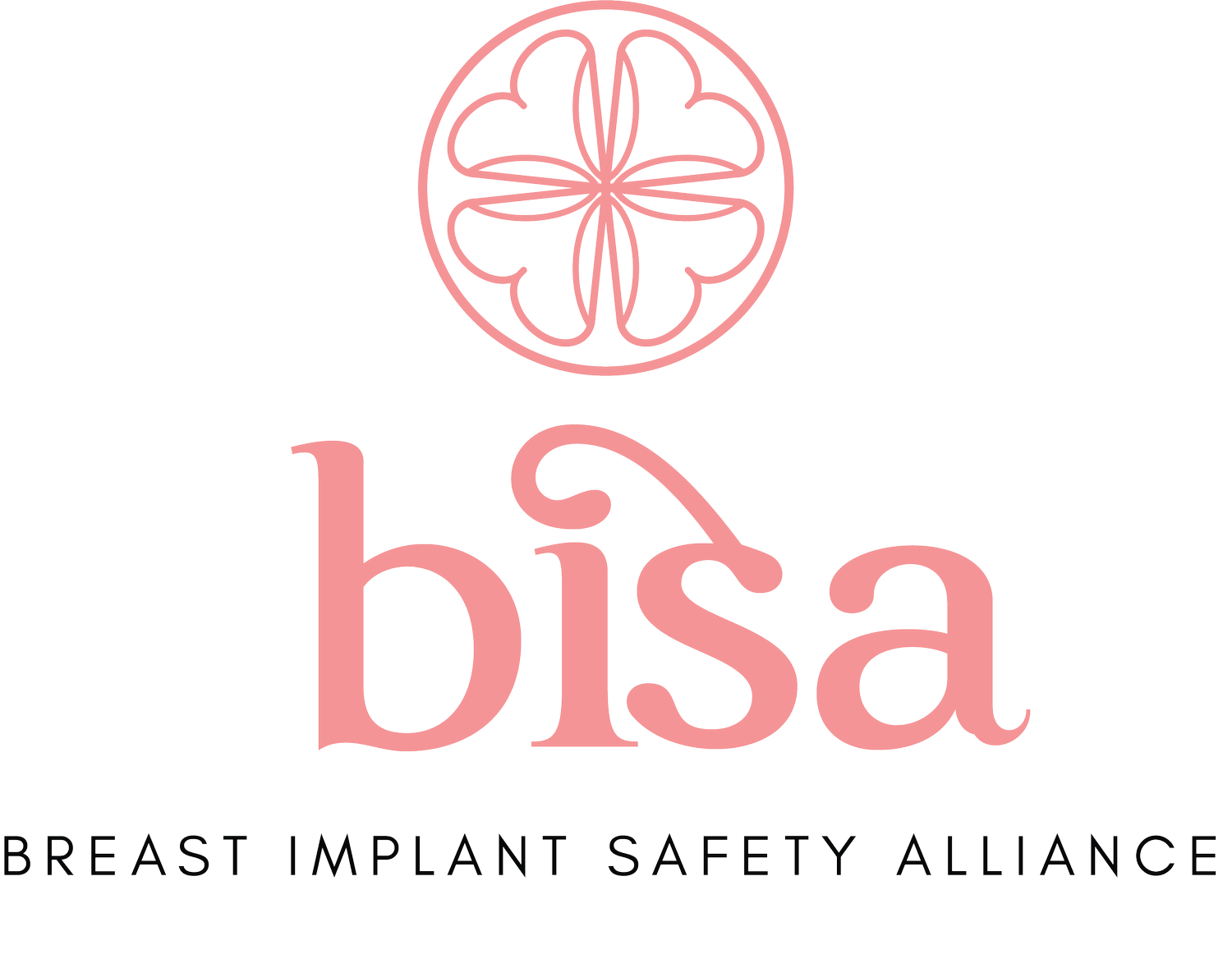Grammy-Winner SZA Shares Why She Removed Her Breast Implants
HIGHLIGHTS:
Calculating Lifetime Cancer Risk with multiple factors.
Attention to breast density, potential benign lumps, or fibroadenomas.
Awareness of pain, discomfort, or excessive scar tissue formation.
Renowned singer-songwriter SZA spoke to the SHE MD Podcast about choosing to remove her breast implants. SZA shared the reasoning behind her decision to explant in an interview with podcast hosts, OB-GYN Dr. Thaïs Aliabadi and former fashion designer Mary Alice Haney.
The Grammy winner, whose full name is Solána Imani Rowe, acknowledged she had breast implants placed without consulting Dr. Aliabadi first. Affectionately called Dr. A, the OB-GYN acts as SZA’s general practitioner for all things health.
In an earlier visit, SZA learned Dr. A had a few specific concerns about her breast augmentation. The singer had benign breast masses, known as fibroadenomas, in addition to a family history of breast cancer.
SZA’s mother and grandmother both had breast cancer, and her aunt had a mastectomy. Because of her family's risk of breast cancer, SZA had breast biopsy markers placed to track the spaces where tissue had been removed, i.e. the location of the fibrosis/lumps.
“When I got my boobs done, the doctor said there was so much fibrosis,” SZA explained. “He took it out.”
After getting her implants placed, reports suggest SZA experienced pain, discomfort, and excessive scar tissue formation. She opted to have them removed.
“I put them in, and they ended up hurting me,” SZA said. “I didn’t feel good, and it was painful.”
“I got way too much scar tissue because my breasts are too dense,” SZA shared. “And I’m not supposed to have breast implants.”
Dr. A and SZA discussed how they calculated the star’s Lifetime Risk of breast cancer to be 53%. The calculation includes various factors such as height, family history, genetic testing for specific gene mutations, breast density, if an individual has had children/menses, and more.
Under SHE MD, the physician will be releasing a free Lifetime Risk Calculator Tool later this year.
Women with a lifetime risk of 20% or above are considered high-risk, according to the American College of Radiology.
The risk goes up as the breast gets denser. Imaging for women with dense breasts should begin at age 30 rather than 40, the physician explained.
“By the time you feel a lump, it’s already been there a few years,” Dr. A said. “The reason we do all this imaging is to catch it a few years before you can actually palpate it.”
While breast augmentation procedures have become increasingly common, it's imperative to weigh the potential risks and benefits carefully. Maria Gmitro, BISA president and founder says, “SZA's openness about her experience serves as a reminder that every individual's journey with breast implants is truly unique. Sharing our stories and personal experience is so powerful and we can learn from one another to advance awareness about these types of women’s health issues.”
It's crucial to prioritize physical and mental well-being by listening to one's body and self-advocating. Regular check-ups, open communication with healthcare providers, and staying informed about updates in breast implant safety are essential steps in maintaining optimal health and well-being.
Shortly after the podcast aired, Good Morning America featured a segment on SZA’s story. Dr. Darien Sutton, an ABC News medical correspondent, answered safety questions and emphasized the importance of monitoring breast implants.
BISA provides clarity and additional context on some remaining questions:
-
Dr. Sutton said breast implants are not linked to breast cancer. Breast cancer is different from breast-implant-associated cancers, BIA-ALCL and BIA-SCC.
Breast implants aren’t known to cause breast cancer, but cancer can arise in the breast that hosts a device.
Implants are associated with other cancers that can occur in the area around the implant, including BIA-SCC. BIA-ALCL is a cancer of the immune system specifically.
As far as we know currently, breast implants aren’t known to cause breast cancer, but breast implants are known to cause BIA cancers.
It’s correct to say implants have not been proven to cause breast cancer.
Still, they have been proven to cause a unique and potentially deadly type of lymphoma, which develops in the scar tissue around the breast implant and can spread anywhere in the body, including to nearby breast tissue.
The type of cancer is defined by the location of the cancer cell origination and device absence or presence.
Cancer may still develop after the implant is removed when someone previously had implants.
It is important to emphasize that not all doctors are informed on implant-associated cancers. Patients need to inform themselves and seek out doctors they can confirm are knowledgeable before relying on their guidance and advice.
-
What is meant by older implants? We believe reporters are intending to refer to implants that are no longer used.
However, it’s important to note that some of these devices may not be used (now), but they are still in use, as the devices may have been implanted before the BIA cancer announcements.
-
Regular check-ups, awareness of potential symptoms such as skin changes or pain, and keeping detailed health records are essential for maintaining well-being.
There are limitations to the device card system, as not everyone receives a device card with their UDI and there is no general registry or databank.
BISA believes in empowering individuals with knowledge to make informed choices about their health.
Research and Education — Before undergoing any cosmetic procedure, individuals should thoroughly research the procedure, potential risks, and alternatives. Education empowers individuals to make informed decisions aligned with their health goals.
Regular Monitoring — Routine check-ups with healthcare providers are crucial for monitoring the condition of breast implants and detecting any complications early on. Prompt action can mitigate risks and ensure optimal outcomes.
Body Awareness — Paying attention to changes in one's body and advocating for oneself in case of discomfort or adverse effects is essential. Trusting one's instincts and seeking medical advice when needed can prevent potential complications.
Community Support — Sharing experiences and knowledge within a supportive community can provide invaluable support for individuals navigating breast implant journeys. Support groups and resources dedicated to breast implant safety offer a platform for discussion, solidarity, and guidance.
In conclusion, SZA's decision to remove her breast implants prompts meaningful conversations about prioritizing health and safety in cosmetic surgery. By sharing her story, she encourages others to approach cosmetic procedures with caution, mindfulness, and a focus on individual well-being.
BISA Nonprofit is committed to raising awareness and promoting informed decision-making for individuals considering or undergoing breast augmentation surgeries. Together, let's prioritize well-being, safety, and empowerment in every step of the journey.


